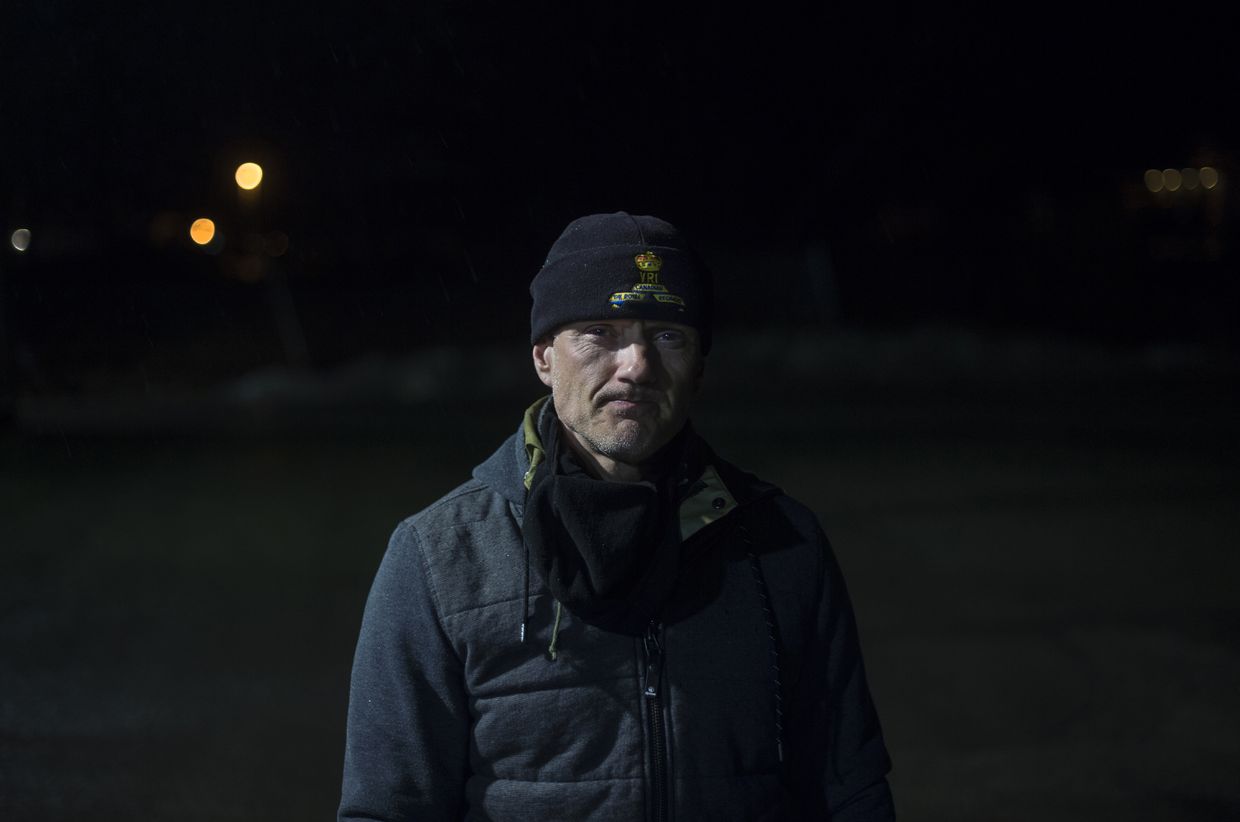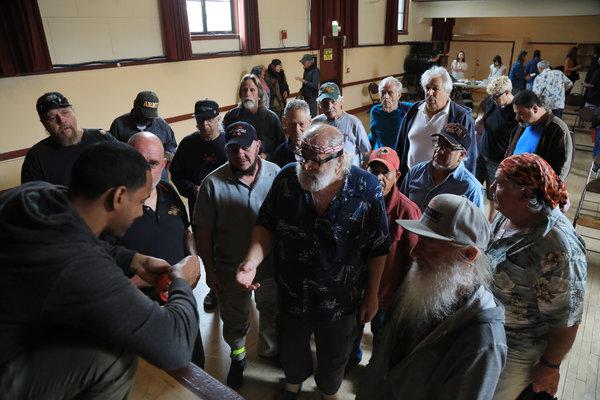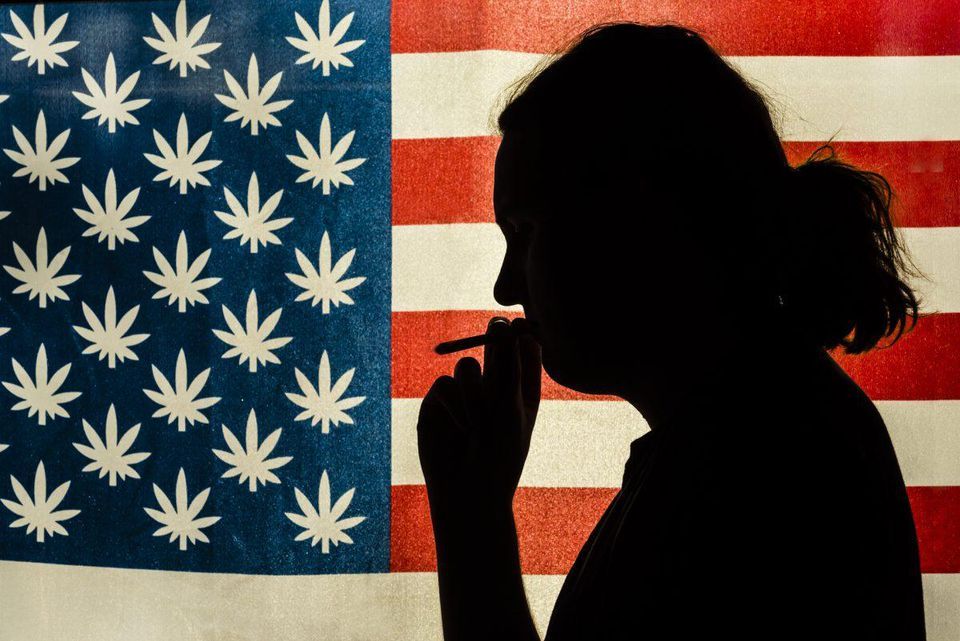5 Things Veterans Who Need Medical Marijuana Should Know
Even with medical and recreational marijuana laws expanding in states across the U.S., military veterans still have to struggle, in many instances, to access programs, due to the continued federal prohibition of cannabis.
Veterans need safe access

Photo credit
On a day like Memorial Day, we should definitely remember the sacrifices made by so many brave men and women who have given their lives for their fellow Americans. And since many of those who did survive returned with deep physical and psychological wounds, we have to reaffirm our commitment to the fight for safe access for all veterans.
More than 22 veterans commit suicide every day, according to advocacy groups. It doesn’t have to be this way. Cannabis has shown incredible promise in treating post-traumatic stress disorder (PTSD), traumatic brain injuries (TBIs), any many other conditions faced by our returning heroes.
Here are a few things of which veterans and those who love them should be aware.
1. Veterans who participate in state-approved medical marijuana programs will not be denied healthcare

Photo credit
This is now official VA policy. Even so, the use and possession of cannabis are prohibited at all VA medical centers, locations and grounds, and VA physicians are not allowed to complete paperwork or forms for veteran patients to participate in these programs.
VA will not pay for medical marijuana from any source. While veterans are “encouraged” to discuss cannabis use with their VA providers, they can still run the risk of losing their pain pill prescriptions when they do so. According to the VA,
VA doctors and clinical staff will record marijuana use in the veteran’s VA medical record along with its impact on the veteran’s treatment plan.
Veterans who are employees of the VA are subject to drug testing and dismissal.
2. Cannabis is safer than your prescriptions

Photo credit
Kate Cochran Morgan, a veteran of the Navy hospital corps, reports KXAN,
Every day, veterans are prescribed dangerous and addictive pharmaceutical drugs to treat service-related injuries and illnesses.
Many of these drugs cause side effects for which another pill is prescribed. Cannabis can help treat conditions like PTSD and chronic pain, and it has a better safety profile than aspirin.
It is unacceptable that veterans are being denied access to this medicine.
3. Veterans suffering from PTSD are currently participating in the first clinical trial studying the effectiveness of treatment with cannabis

Photo credit
Each of the 76 participants will undergo treatment with marijuana over a 12-week period, with a required six-month follow-up, reports the Daily Caller. Researchers are hoping the results can give guidance to lawmakers in terms of future policy when it comes to treating veterans.
The study, funded by a $2 million grant from the Colorado Department of Public Health and Environment, is expected to greatly increase knowledge about the medical properties and uses of marijuana.
4. The politicians are finally showing signs of catching up

Photo credit
For the first time ever, the U.S. Senate last year included a stipulation in the military appropriations bill to allow Veterans Administration doctors to recommend medical marijuana to their patients in states where it is legal.
5. You aren’t facing this alone; there are a number of organizations here to help

Photo credit
Several national organizations exist to help veterans navigate the process of accessing medicinal cannabis.
The California-based nonprofit Weed For Warriors Project, for example, has chapters across that state, as well as in Florida, New Jersey, Tennessee, D.C., and Wisconsin. WFWP educates veterans on the benefits of medical marijuana while providing free cannabis to veterans who have proof of service and a current medical marijuana authorization.
The Weed for Warriors is a grassroots organization that is attempting to help bodies plain and simple.
What occurs within our Chapters goes beyond just access to cannabis, one of the only medicines stemming the tide of suicides and overdoses in this country.
It is the camaraderie that heals and creates a tremendous safety net for all of us that is just plain lacking for too many. – Sean Kiernan, president of WFWP
Other groups helping veterans in the struggle for safe access include Grow For Vets, which has chapters in California, Colorado, Michigan, New Mexico, Nevada, Oregon, and Washington state; and the Veterans Cannabis Project (VCP), which is in the midst of a plan to expand nationwide.
Even with medical and recreational marijuana laws expanding in states across the U.S., military veterans still have to struggle, in many instances, to access programs, due to the continued federal prohibition of cannabis.
Veterans need safe access

Photo credit
On a day like Memorial Day, we should definitely remember the sacrifices made by so many brave men and women who have given their lives for their fellow Americans. And since many of those who did survive returned with deep physical and psychological wounds, we have to reaffirm our commitment to the fight for safe access for all veterans.
More than 22 veterans commit suicide every day, according to advocacy groups. It doesn’t have to be this way. Cannabis has shown incredible promise in treating post-traumatic stress disorder (PTSD), traumatic brain injuries (TBIs), any many other conditions faced by our returning heroes.
Here are a few things of which veterans and those who love them should be aware.
1. Veterans who participate in state-approved medical marijuana programs will not be denied healthcare

Photo credit
This is now official VA policy. Even so, the use and possession of cannabis are prohibited at all VA medical centers, locations and grounds, and VA physicians are not allowed to complete paperwork or forms for veteran patients to participate in these programs.
VA will not pay for medical marijuana from any source. While veterans are “encouraged” to discuss cannabis use with their VA providers, they can still run the risk of losing their pain pill prescriptions when they do so. According to the VA,
VA doctors and clinical staff will record marijuana use in the veteran’s VA medical record along with its impact on the veteran’s treatment plan.
Veterans who are employees of the VA are subject to drug testing and dismissal.
2. Cannabis is safer than your prescriptions

Photo credit
Kate Cochran Morgan, a veteran of the Navy hospital corps, reports KXAN,
Every day, veterans are prescribed dangerous and addictive pharmaceutical drugs to treat service-related injuries and illnesses.
Many of these drugs cause side effects for which another pill is prescribed. Cannabis can help treat conditions like PTSD and chronic pain, and it has a better safety profile than aspirin.
It is unacceptable that veterans are being denied access to this medicine.
3. Veterans suffering from PTSD are currently participating in the first clinical trial studying the effectiveness of treatment with cannabis

Photo credit
Each of the 76 participants will undergo treatment with marijuana over a 12-week period, with a required six-month follow-up, reports the Daily Caller. Researchers are hoping the results can give guidance to lawmakers in terms of future policy when it comes to treating veterans.
The study, funded by a $2 million grant from the Colorado Department of Public Health and Environment, is expected to greatly increase knowledge about the medical properties and uses of marijuana.
4. The politicians are finally showing signs of catching up

Photo credit
For the first time ever, the U.S. Senate last year included a stipulation in the military appropriations bill to allow Veterans Administration doctors to recommend medical marijuana to their patients in states where it is legal.
5. You aren’t facing this alone; there are a number of organizations here to help

Photo credit
Several national organizations exist to help veterans navigate the process of accessing medicinal cannabis.
The California-based nonprofit Weed For Warriors Project, for example, has chapters across that state, as well as in Florida, New Jersey, Tennessee, D.C., and Wisconsin. WFWP educates veterans on the benefits of medical marijuana while providing free cannabis to veterans who have proof of service and a current medical marijuana authorization.
The Weed for Warriors is a grassroots organization that is attempting to help bodies plain and simple.
What occurs within our Chapters goes beyond just access to cannabis, one of the only medicines stemming the tide of suicides and overdoses in this country.
It is the camaraderie that heals and creates a tremendous safety net for all of us that is just plain lacking for too many. – Sean Kiernan, president of WFWP
Other groups helping veterans in the struggle for safe access include Grow For Vets, which has chapters in California, Colorado, Michigan, New Mexico, Nevada, Oregon, and Washington state; and the Veterans Cannabis Project (VCP), which is in the midst of a plan to expand nationwide.

























